Trump's capture of 89 of New York's 95 delegates gets him closer to, but does not guarantee him, the 1,237-delegate majority needed for the nomination. Clinton's delegate edge in New York was smaller, 139-108, but Democrats' rules allocating delegates proportionately give Bernie Sanders no chance to overcome the lead she's won in primaries, much less her near-unanimous support from the 712 superdelegates.
But when you look beyond the New York winners' home-state margins and beyond the primaries to the general election, each has less reason for cheer. Trump trails Clinton 49 to 39 percent in the RealClearPolitics average of recent polls. And Clinton, though universally known, falls short of 50 percent by statistically significant margins against Trump's two remaining Republican opponents, Ted Cruz and John Kasich.
The results also suggest in another way that Clinton may be a weak general election candidate. In this primary, as in most state primaries held this year, Clinton has won fewer popular votes than she did eight years ago, when she lost the 2008 nomination to Barack Obama.
Specifically, in 16 of the 21 state primaries so far, Clinton has received fewer votes than in 2008, or fewer votes than Obama got when he beat her (which is relevant, because the black voters who gave Obama large majorities then are voting heavily for Clinton now). Enthusiasm has apparently dimmed.
The five exceptions include Alabama and Louisiana, where Clinton in 2016 ran just 9,607 and 983 votes ahead of Obama's 2008 total. In Arizona, whose population grew by nearly 500,000 in eight years, Clinton got 32,958 more votes in 2016 than 2008. The other exceptions are Florida and Michigan, whose 2008 primaries were not sanctioned by the Democratic National Committee and thus had depressed turnout.
Recommended
Some may object that turnout numbers for the two cycles aren't comparable, because Clinton and Obama were in furious competition then, and there is little suspense that Clinton will be nominated this year. But there was little suspense then, after Obama's big victories in February, just as there's been little suspense this year since March 1.
That year high turnout proved to be a harbinger for heavy turnout in the fall, and the Obama campaign fashioned a new majority coalition. This year Democratic primary turnout is lower and voters seem less positively motivated -- signs the Clinton campaign will have trouble achieving its avowed goal of reassembling Obama's 51 percent 2012 coalition.
But black voters are unlikely to equal their 2012 turnout and percentage for the first black president, and Clinton's percentage among black voters in some Northern states has fallen off national averages. Her performance with Hispanics is mixed. Sanders has been carrying Hispanic wards in Chicago and Brooklyn's Bushwick neighborhood. Half of Hispanics in Illinois and one-third In Florida and New York voted for Sanders.
Young voters were an important part of the Obama coalition; all of his 2012 popular vote margin came from voters under 30. But in 2016 they seem allergic to voting for Clinton. In many primaries this year, under-30s have voted 80-plus percent for Sanders, including majorities of young blacks and Hispanics. Will such voters come out in throngs for Clinton in November?
Some Democratic analysts predict they will, out of distaste for the Republican nominee. Perhaps. Trump's dreadful favorability numbers seem based on a multitude of impressions and, if he is nominated, may be beyond repair. Cruz currently has unfavorable numbers, but he is less well known and might have greater room to change minds.
Hillary Clinton has weak positives and formidable negatives of her own. NBC/Wall Street Journal polls show her "very positive" numbers declining from 32 percent in 2013 to 13 percent now. Her "honest and straightforward" number drops from 38 percent in 2014 to 19 percent now.
That's a problem for any candidate, whether she's attacking her opponent or promising better times ahead. It's a particular problem for a candidate who is scampering away from her moderate stands in the 1990s to the leftish views fashionable among Democrats today.
Clinton currently leads Cruz by two points and trails Kasich by eight in general-election polls. That suggests that crucial voters are looking for a plausible alternative. Will Republicans nominate one?

















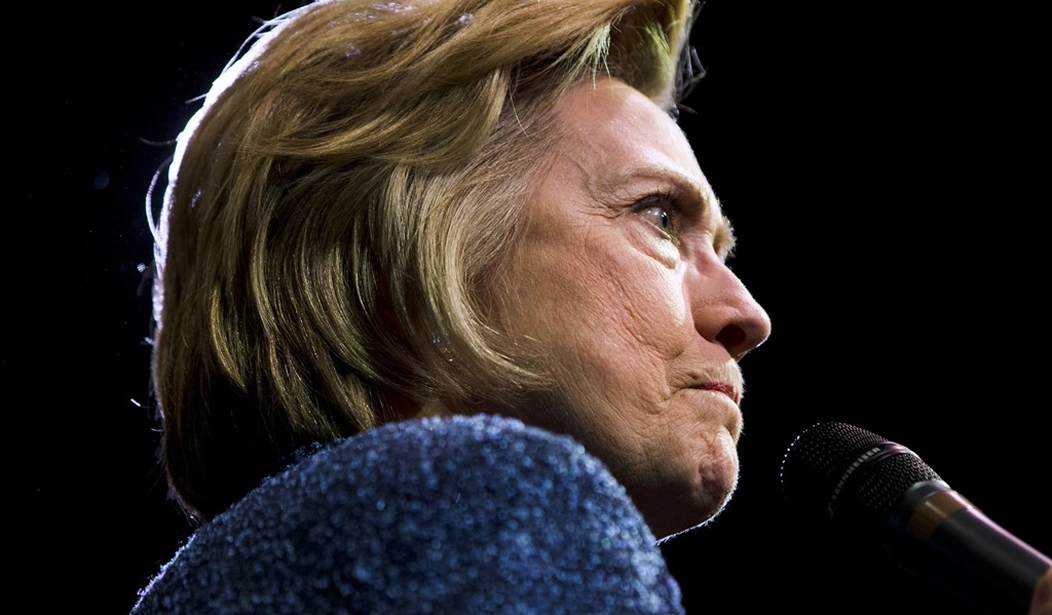

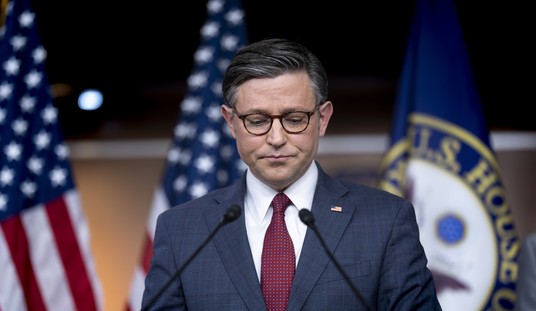
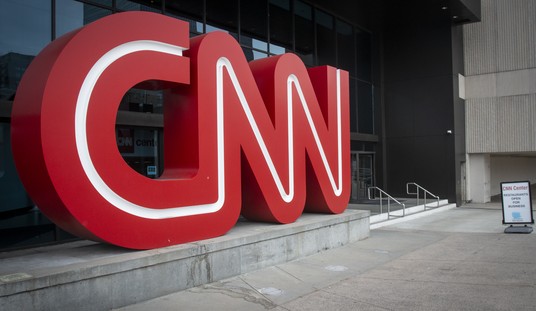
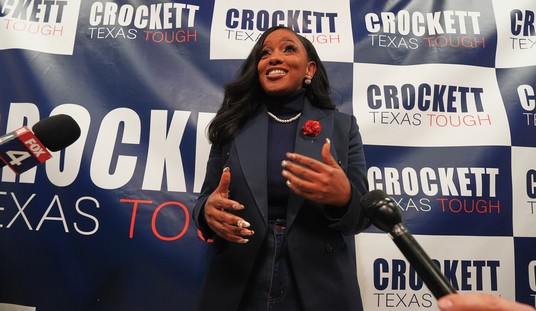
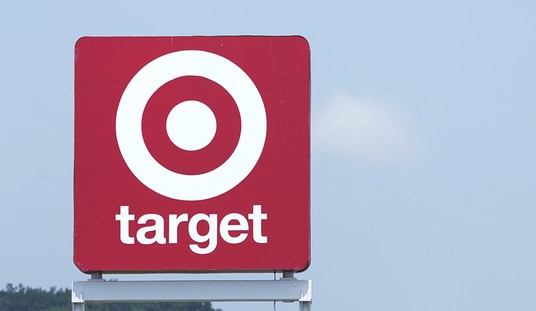
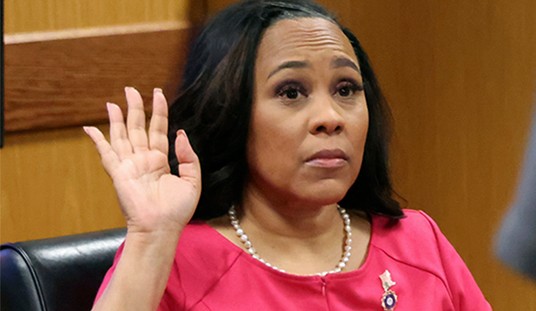

Join the conversation as a VIP Member